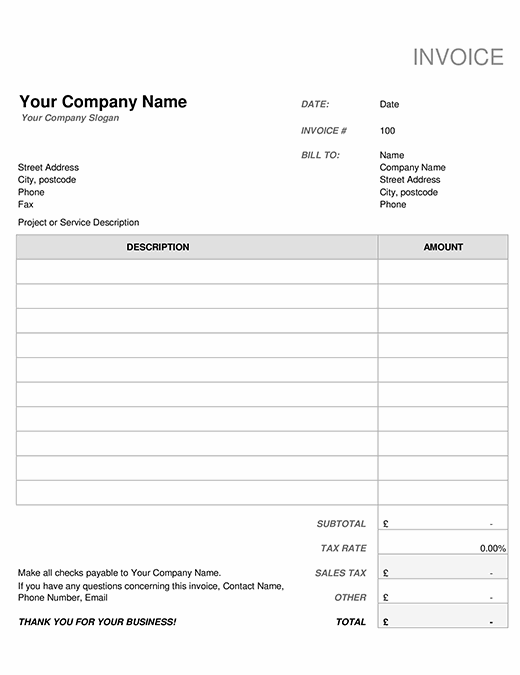

You can then search through when you need to find an invoice, attach it to an email, then send it to your customer. Let’s say we call the folder ‘Invoices 2016’, and each invoice you create is saved to this folder. Once you’ve done that and your invoice is completed, you save it to a folder on your computer. Great, right? Well, maybe a bit early to be too pleased - you’ll likely find that you’ll need to do all the calculations (including VAT) by hand. Let’s say your Word software is all up-to-date, and you’re ready to go, having found an invoice template that works for your company. But is that the right decision for the growth of your business? To use Word templates instead of online invoicing software designed for freelancers like Debitoor?


Ok, so you’re willing to put the extra work in because, well, it’s free. After all, it’s free, seemingly simple to use and customisable.Īdd in a quick Google search and you’ll find hundreds of thousands of results for Word invoice templates, giving you even more options for creating an invoice that suits your business.if you’re willing to slough through endless variations, taking care that your selection works with your current version of Word. Are you self-employed and creating invoices with Word? Using Word invoice templates is the first solution that many freelancers turn to when first starting out.


 0 kommentar(er)
0 kommentar(er)
